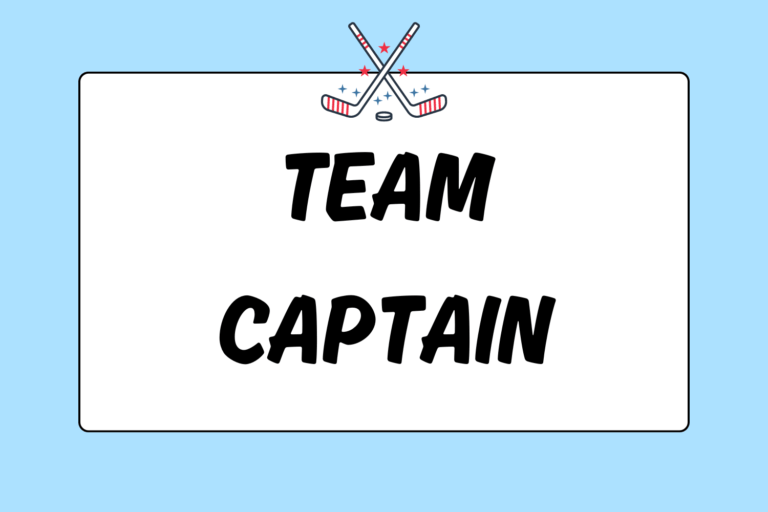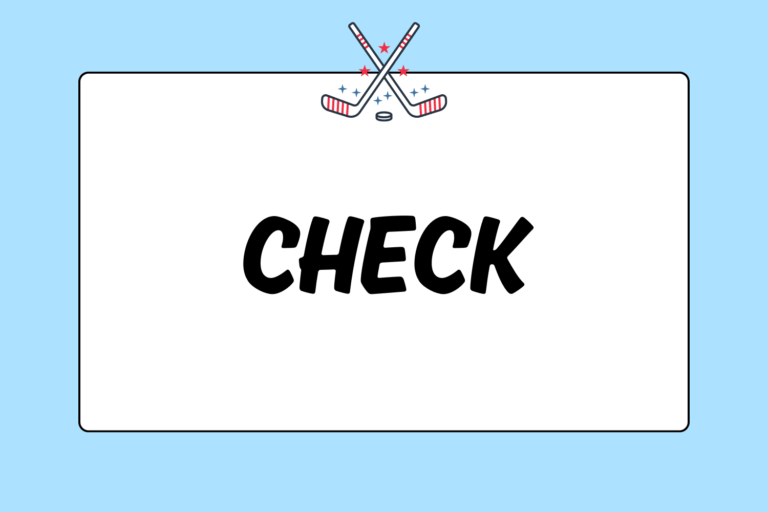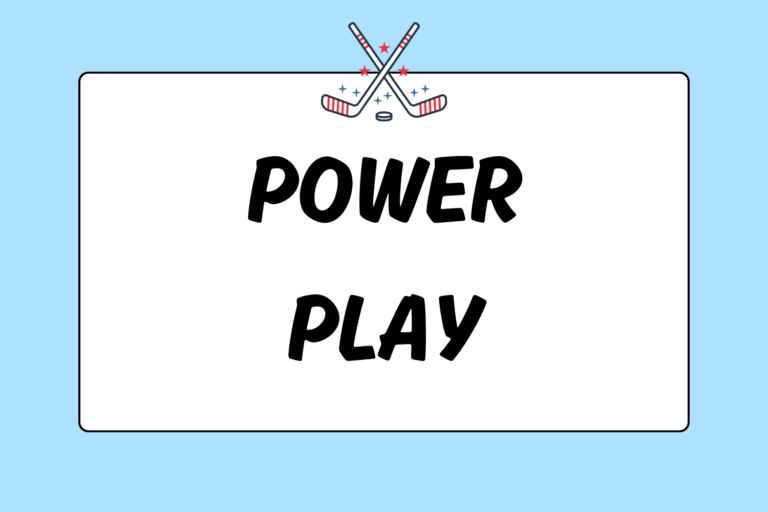Every team sport has arranged punishments for rule violators. In ice hockey, violations are called “penalties.” Most ice hockey penalties result in the guilty player having to sit off the ice for a specific amount of time. During this time, that player’s team must play . Based on the severity of the infraction, the guilty player may have to sit for two minutes, four minutes, five minutes, ten minutes, or even the rest of the game.
This guide will explain all of ice hockey’s two-minute penalties, which are known as minor penalties. Know that the following list is just a reference of the most common rules in high-level North American hockey. Youth and international ice hockey often have more strict rules to limit violence and injury. Use this as a reference, but also check out your league’s rulebook.
How the Penalty Box Works
When a player is assessed a two-minute minor, he must sit in the penalty box until one of two conditions is satisfied:
- Two minutes of game time has expired: In this case, the offending player is allowed to leave the penalty box and immediately rejoin the play.
- The opposing team scores against the penalized player’s team: In this case, the offending player rejoins his team’s bench and is allowed to enter the game as normal. This condition is ignored if both teams have the same number of players on the ice, such as in four-on-four situations.
While a player is in the penalty box serving a minor penalty, his team may not replace him and must play shorthanded. A team that earns multiple penalties in quick succession may lose up to two players (so that there are only three skaters on the ice). Every concurrent penalty a team takes after the second does not force them to lose a skater, but instead extends the overall time that the team must play shorthanded.
Bench & Goalie Minors
Any penalty given to a coach or team as a whole is considered to be a “bench minor.” For bench minors, the coaching staff may choose any player (not already in the penalty box) to serve the penalty. In the event that a minor penalty is given to a goalie, the coaching staff will similarly choose a team member to serve the two minutes. Goalies never have to serve minor penalties.
For both bench and goalie minor penalties, the offending team will still be forced to play shorthanded for the duration of the penalty.
Minor Penalties
Nearly every penalty in ice hockey is a judgment call by the referees. Nearly every minor penalty is in place to protect either the safety of the players, or the fairness of play. Refs often must use their discretion to determine if a play warrants a minor penalty. As a result, different refs will have slightly different views of what is or isn’t a penalty.
- Boarding: Assessed to any player who violently checks an opponent against the boards while that player is not in position to protect himself.
- Broken stick: Players with broken sticks must discard them if they stay on the ice. This minor is assessed to any player who continues to play with a broken stick.
- Charging: Assessed to any player who skates, jumps, or charges into another player. Generally, charging is called when a player targets an opponent at full speed and from a distance.
- Clipping: Assessed whenever any player makes contact with an opponent at, or below, knee level.
- Closing the hand on the puck: Assessed when any player closes his hand over the puck (and doesn’t immediately place it back on the ice).
- Cross-checking: Assessed to any player who has his hands spread approximately shoulder-width apart on his stick and strikes an opponent with the part of the stick’s shaft that is between the hands.
- Delay of game: Assessed to a team that the ref deems to be intentionally stalling. The two most common instances that will earn this minor are excessively long line-changes and intentionally shooting the puck out of play.
- Elbowing: Assessed to any player who strikes an opponent with his elbow, regardless of intent.
- Goalkeeper interference: Assessed to any player who intentionally makes deliberate contact with the opposing goalkeeper.
- High-sticking: Assessed to any player who strikes an opponent above the shoulders with his stick.
- Holding: Assessed to any player who restricts an opponent’s movement by gripping with his hands, arms, or legs.
- Holding the stick: Assessed to any player who grabs and holds an opponent’s stick.
- Hooking: Assessed to any player who uses his stick to impede the movement of an opponent.
- Instigator: Assessed to any player deemed to be the instigator of an altercation. A very vague rule, it is most commonly given to players who punch unwilling opponents or attack an opponent in a retaliatory manner.
- Interference: Assessed to any player who impedes the motion of an opponent without the puck. Most often, this is given when someone body checks a player not in possession of the puck.
- Kneeing: Assessed to any player who strikes an opponent with his knee. Most often called when a player extends his leg while skating to intentionally cause a knee-on-knee collision.
- Leaving the penalty box too early: Any player who leaves the penalty box before his penalty expires will be assessed an extra two minutes of penalty time. The exception is at the end of a period, when the player is allowed to join his team in the locker room. In this case, the player will return to the penalty box at the start of the following period.
- Leaving the crease: Assessed to any goalie who leaves his crease during an altercation.
- Participating in the play beyond the center red line: Assessed to any goalie who touches either the puck or an opponent while on the far side of the center red line from his own goal.
- Roughing: Assessed to any player who strikes an opponent with his hand, but does not engage in a full altercation. It is common for roughing penalties to be given to players on opposing teams who start to fight, but are interrupted.
- Slashing: Assessed to any player who intentionally swings his stick at an opponent’s hands, stick, or body. Slashing is most often called when a player breaks his opponent’s stick with his own.
- Throwing the puck toward opponent’s goal: Assessed when any goalie throws the puck toward his opponent’s goal. Very rarely enforced.
- Throwing stick: Assessed to any player who intentionally throws his stick in the direction of the puck, but does not affect the play. More severe punishments exist if the stick does affect the play.
- Tripping: Assessed to any player who intentionally positions his stick or body in a way that causes an opponent to trip and fall.
- Unsportsmanlike conduct: A wordy and complex catch-all rule, this is assessed to any player who makes obscene gestures/comments, engages in hair-pulling, facemask-grabbing, biting, or anything generally considered unsportsmanlike.
Necessary Evil
Despite the violent nature of ice hockey, it should be played by gentlemen. You should never attempt to injure an opponent or resort to unsportsmanlike behavior. With that, minor penalties are part of hockey. If subtly hooking or holding an opponent can prevent a sure goal against, it should be considered. You will have saved a goal, and your reward will be a trip to the box.
Note that the list above is merely the most common set of rules concerning minor penalties. Your league may have several differences. Learn your league’s rules surrounding two-minute minors so you know exactly how to avoid spending unnecessary time in the penalty box.





